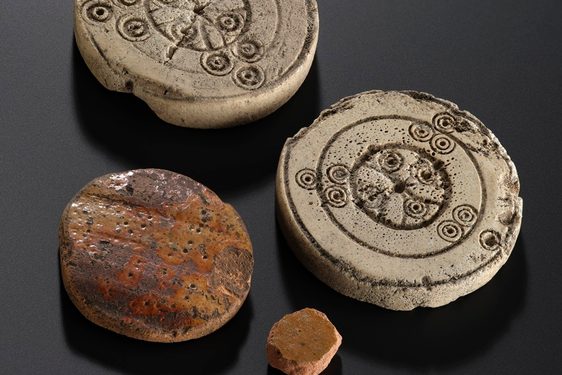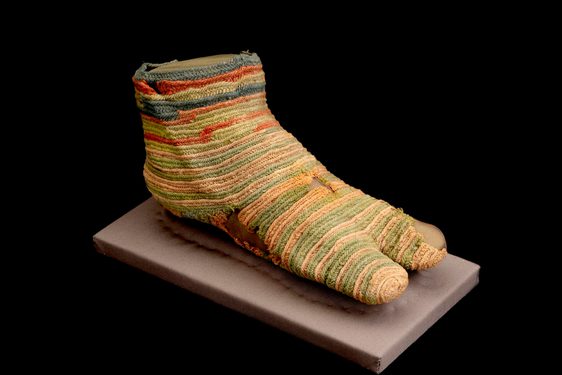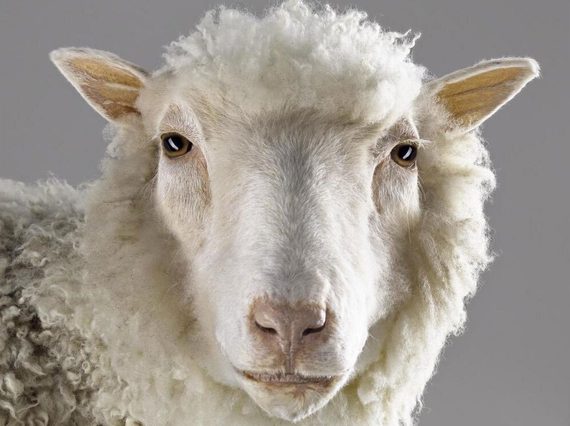
The story of Dolly the sheep
News Story
Dolly the sheep was the first cloned mammal ever to be created from an adult cell. Affectionately named after country music legend Dolly Parton, Dolly caused excitement and controversy among both scientists and the public.
Why is Dolly important?
Dolly was a part of the Roslin Institute’s research into producing genetically modified farm animals or livestock. Its work was focused on introducing new genes into livestock so they display a new trait which can then be passed on to their offspring. Cloning was the next step in its research.
Dolly was the first mammal to be cloned from an adult cell. Before Dolly was born, this was thought to be impossible. Scientists believed that specialised adult cells, those that had a certain job (like a skin cell or a liver cell), only held the information to do that job. Dolly was grown from a single mammary cell which contained all the information to create a whole new sheep.
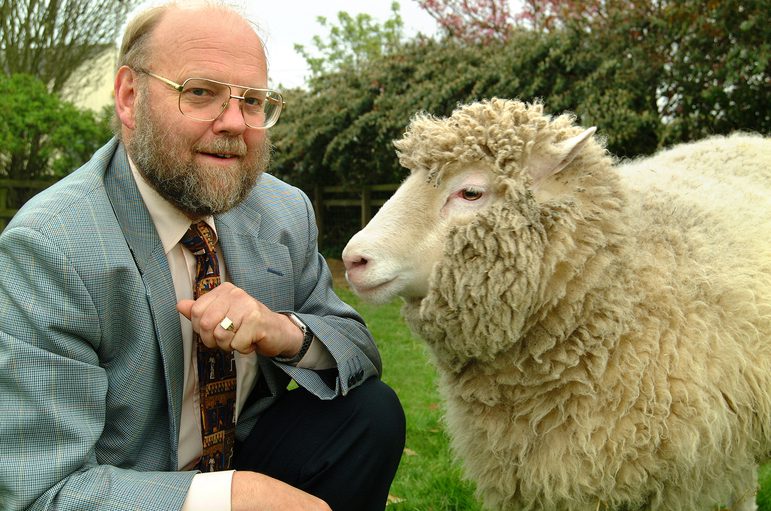
Dolly’s life
Dolly started her life as a single cell in a test tube. The nucleus was taken from a cell from the mammary gland of a Finn Dorset sheep and put into an empty egg cell from a Scottish Blackface Sheep. Once normal development was confirmed in a lab at six days, the embryo was transferred into a surrogate mother. Dolly was born on 5 July 1996.
The birth of Dolly was kept under wraps until the Roslin Institute published its research paper. Her birth was announced on 22 February 1997, and the world’s press descended on Roslin to meet the now famous sheep. Her sudden apperance sparked a media frenzy and debate around the ethics of cloning ensued.
Dolly spent her whole life living in a flock of sheep at the Roslin Institute. She had six lambs with a Welsh Mountain sheep named David. Their first lamb, Bonny, was born in the spring of 1998. Twins, Sally and Rosie, followed the next year and triplets, Lucy, Darcy, and Cotton, the year after that.
Image gallery
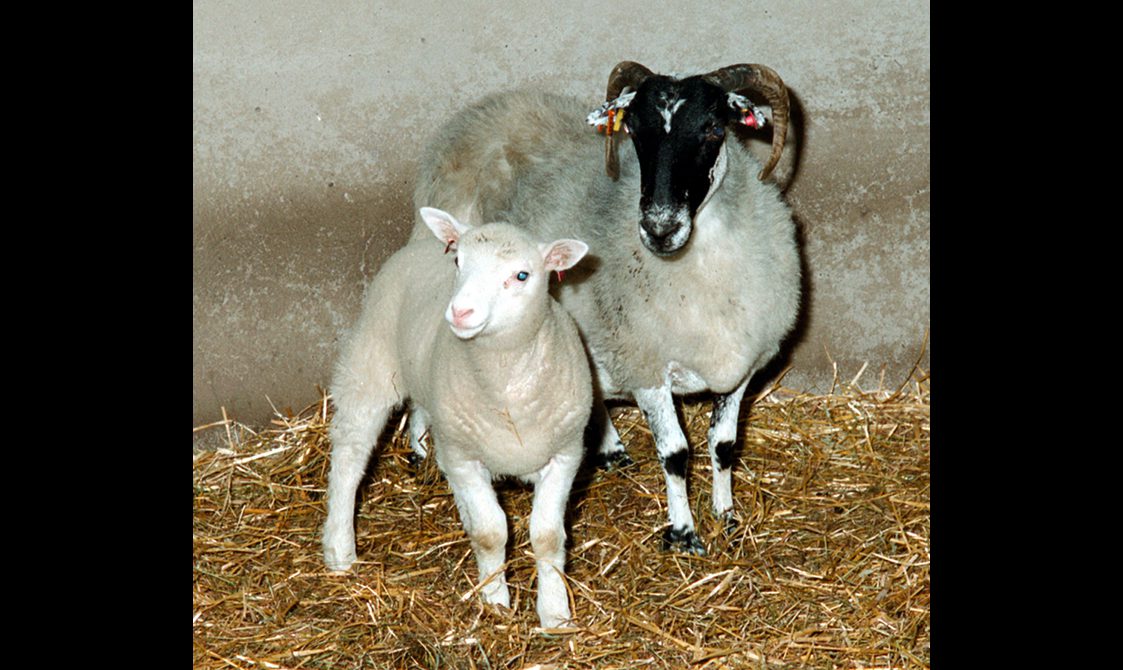
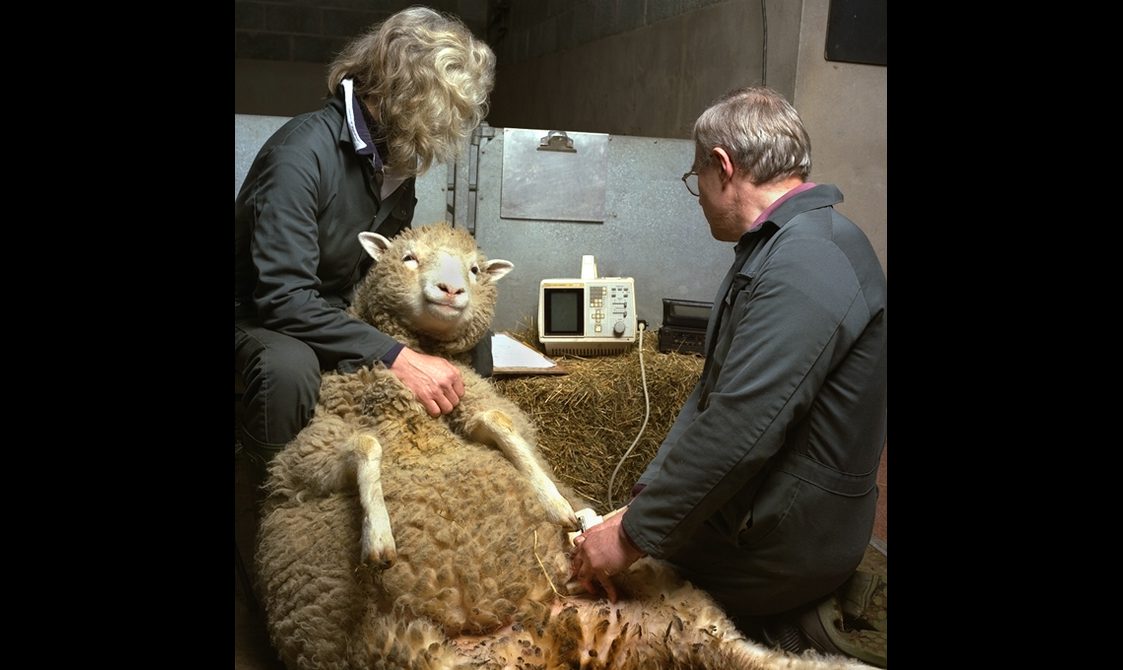

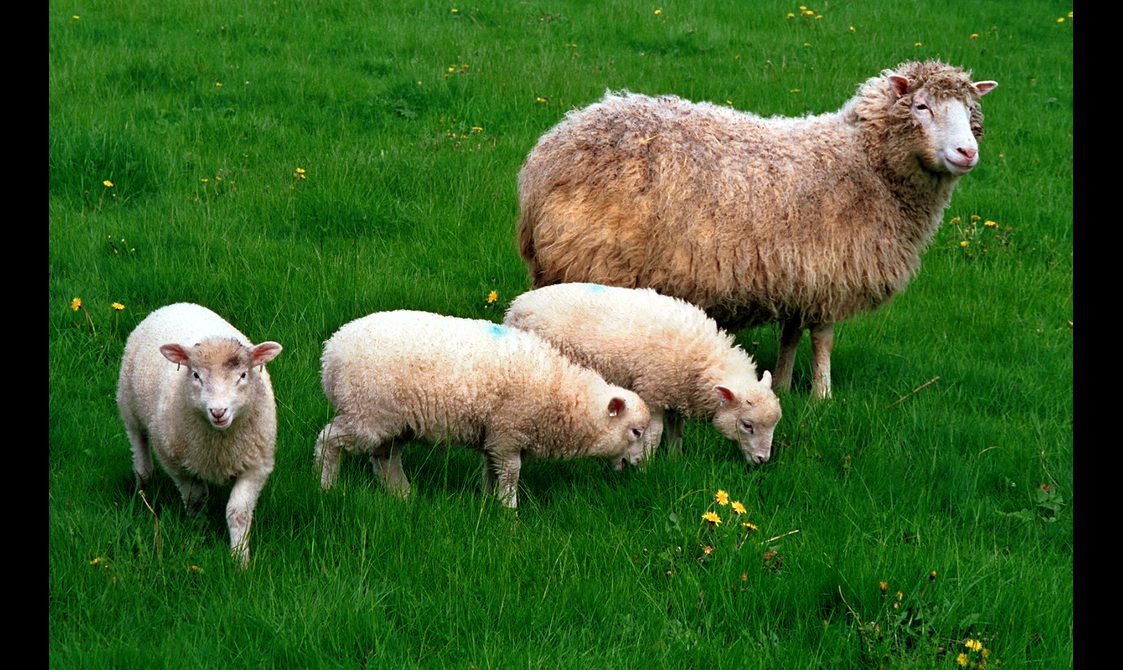
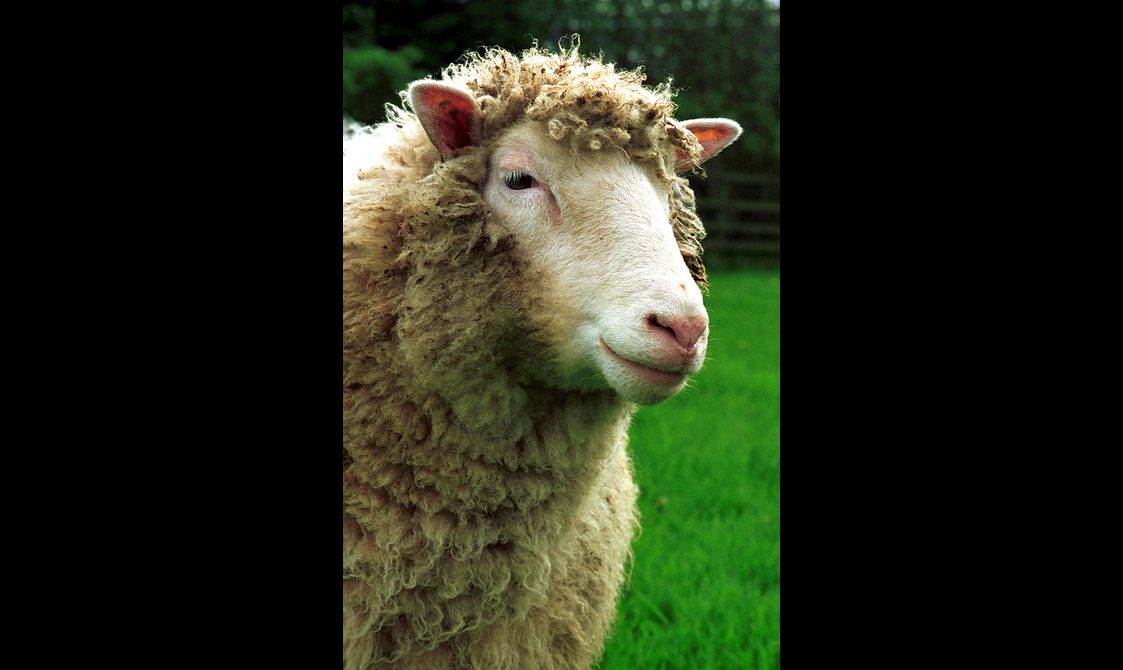
Illness and legacy
In the autumn of 2001, Dolly was walking stiffly. X-rays confirmed that she had arthritis. It fuelled the suspicion that cloned animals were destined to age prematurely. The cause of the arthritis was never established. But daily anti-inflammatory treatment resolved the clinical signs within a few months.
Although her arthritis was a concern for the animal carers at Roslin, a much more serious problem was feared. In January 2000, a cloned sheep called Cedric died. The post mortem revealed that Cedric had died of sheep pulmonary adenomatosis (SPA). This disease is caused by a virus that induces tumours to grow in the lungs of affected animals and is incurable.
Dolly remained healthy until Monday 10 February 2003, when an animal care worker reported that he had noted her coughing. Full veterinary examinations and blood tests were conducted but failed to establish a diagnosis. A CT scan was carried out on 14 February 2003. The scan confirmed the team's worst fears: tumours were growing in Dolly's chest.
Since a general anaesthetic had been necessary to perform the CT scan, it was decided that it would be best if Dolly did not regain consciousness and she was put to sleep at the age of six.
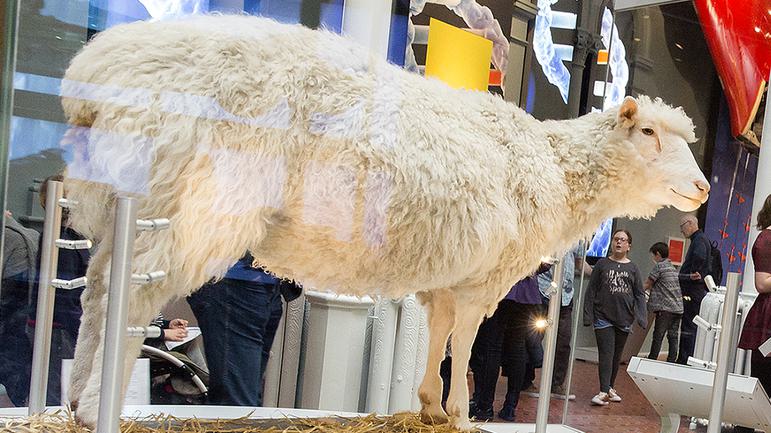
Dolly was donated to National Museums Scotland by the Roslin Institute. She has been on display at the National Museum of Scotland since 2003.
Much like her namesake, Dolly captured the public imagination. Her inception changed what scientists thought was possible and opened up new possibilities in medicine and biology.
Dolly is currently on display in the Science and Technology galleries at the National Museum of Scotland.
